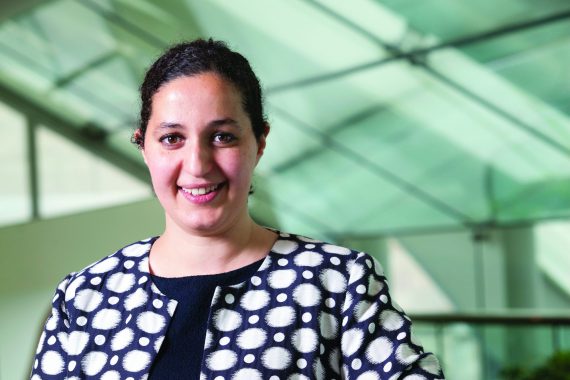In the words of our Secretary of State we are trapped in a chronically underinvested system with rising demand that undervalues GPs and that ‘inexorably leads to burn out, early retirement and unfilled vacancies’. The answer? More GPs. And today sees yet another Government announcement aimed at providing substance to this answer, this time to drive up the number of international doctors to plug holes in the GP workforce.
But will it work, or is it yet another shiny policy proposal the substance of which will end up being less dramatic than the glitzy press release promises?
The magic number that we are supposed to be working towards was announced in 2015, when we were promised that 5,000 extra GPs would materialise by 2020. I know, it’s still 2017, so yes technically there is still time. But the proxy markers of whether such a target will be reached are not looking good.
The Kings Fund state that ‘the actions taken to achieve the 5,000 target by 2020 would need to be significantly more successful’. So not very attractive odds, if you happen to be a betting person. The GP workforce stats don’t offer much encouragement: the latest figures, also published today, show only a marginal growth in the number of GPs in the workforce – a snail’s pace that continues the trend since 2015.
The reason for this sluggish progress is the clear association between unmanageable workloads and the inability to recruit, with one third of practices unable to fill vacancies and 75% of locums choosing this path to control their workload. Add low morale, stagnating budgets, spiralling indemnity costs, and continual undermining from the media and politicians in to the mix, and one wonders why it’s such a surprise that general practice is in crisis, with its imminent collapse on the horizon.
And this is the crux of the problem. The day job is simply not what it used to be. We have a broken and hostile system that is driving highly trained and committed doctors away from the bedrock of the NHS. This is being witnessed by medical students and trainees, who are very rightly placing value upon their health, family and work-life balance and turning their backs on general practice as a career.
Against this backdrop I can imagine many GPs will look on the government’s announcement of a new recruitment drive overseas with a cynical eye. There is no doubt that international doctors have provided first rate care for decades in the NHS and have always been an important part of our workforce.
Recruiting more of these doctors into general practice could certainly help, especially in the short term. But the Government has already failed in its previous aim of recruiting more international doctors and what we really need is a long-term plan that recruits and retains more GPs from England.
The GP Forward View is a nod to the crisis and the direction to where we need to go. But it does not go far enough to resuscitate a profession in a critical state, hemorrhaging an ever-diminishing workforce. Its implementation needs to be robust and immediate if we are to see any benefit.
And as for what GP trainees want? We want to work as part of a system that values its workforce, and that puts patient care at its core. The bottom line is like every other GP, we want to be able to do the job that we love and trained for, spending time with our patients delivering the best care that we can. We’ve heard the chat but now we need to see action.
Dr Samira Anane is chair of the GPC trainees committee
Pulse October survey
Take our July 2025 survey to potentially win £1.000 worth of tokens













